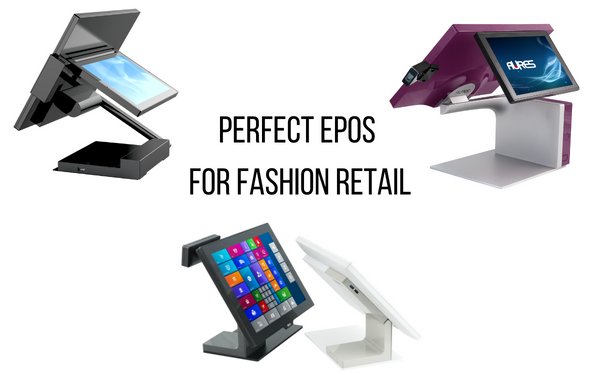Fashion retail has always faced unique challenges when it comes to stock control. For clothing and footwear vendors alike, a big issue is the fact that a single product – a pair of trainers, jeans, a shirt, jumper or whatever of a particular brand and design – will come in lots of different variations, namely different sizes and colours.
This makes keeping track of sales and stock availability of every individual SKU a laborious process. Not only do you have to log each product type, you need to know the colour and size sold, too. The traditional solution is the so-called Size-Colour Matrix, which utilises a grid system with size on one axis and colour on the other.
But while this solves some of the practical issues of recording product variations in stock movements, the fact that every product has to have its own grid makes the system cumbersome. These matrices have traditionally had to be logged manually, and do not lend themselves to gleaning insight into sales trends across ranges easily.
Just think how many grids you would have to pour over to find out which shoe or dress size sold the most last year, or which was last season’s most popular colour. Yet these are critical considerations for apparel and footwear retailers. It is not only essential to keep track of stock volumes as items sell so you can re-order in plenty of time. It is also important to have a clear understanding of sales trends so you can intelligently plan inventory for future seasons.
The role of EPOS
The ability of modern EPOS solutions to link sales logging directly to inventory management has been a game changer across retail. Automated stock control, which updates inventory records as soon as an item is sold, greatly reduces the risk of products becoming out of stock before they can be reordered and replenished. In fashion retail, this also takes care of the cumbersome work involved in keeping size-colour grids up to date.
But for the clothing and footwear sectors, the benefits go even further. Automated sales logging and stock keeping can also be linked to Business Intelligence (BI) platforms that interrogate the data to pull out those all important sales trends, historic, current and predictive. Instead of having to pour over page after page of inventory spreadsheets trying to decipher the lines, the sizes and the colours that are best beloved by your clientele, analytic tools can do it all for you, in real time too.
All of this starts the moment an item is sold, and is what makes EPOS so much more than a sales processing terminal for modern fashion retail. AURES partners with innovative business management software providers who specialise in the fashion sector to deliver the complete package to retailers – end-to-end software solutions that link sales, inventory, BI and more, and robust, reliable, high performance hardware to run it on.
AURES EPOS terminals like the JAZZ, YUNO and SANGO are particularly popular with fashion clients because they combine the processing power to run the very best retail management software with aesthetic appeal, flexibility and ease of use. Touchscreen EPOS devices like these act as all-in-one hubs for for the full sales and stock management cycle – not only are you processing purchases and feeding the stock movement databases, you can also bring up analysis and reports with a couple of taps of the screen.
If you would like to know more about the role EPOS can play in transforming your business into an intelligence-led operation please get in touch today by emailing: marketing-uk@advantech-aures.com




